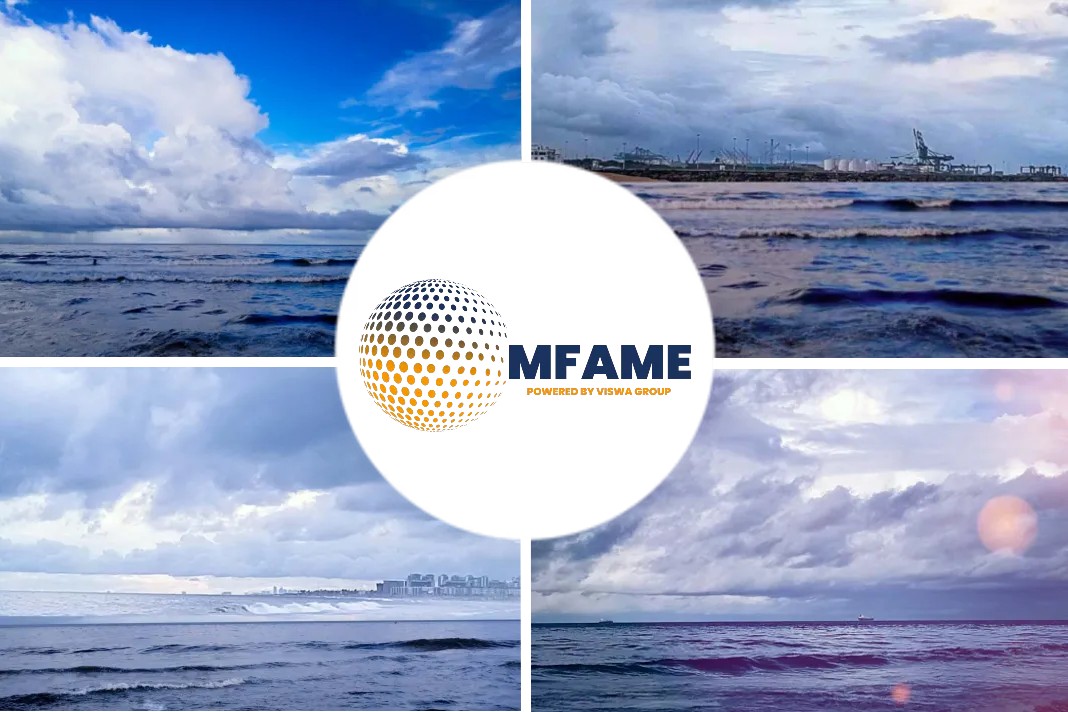- Bio-MGO or e-MGO can function as a drop-in fuel: DNV
- Methanol and ammonia need to be cheaper to compete
- Large investment required for maritime decarbonization
Maritime classification society DNV has predicted that carbon-neutral marine gasoil will emerge as a strong competitor as future bunker fuels against ammonia and methanol in the shipping industry’s pursuit of decarbonization, reports Platts.
Future of carbon-neutral marine gasoil
In its latest annual Maritime Forecast to 2050 report, the Norwegian-headquartered organization presented 24 scenarios of future bunker mix based on which shipping companies can either halve vessel emissions by 2050 from 2008 levels, which is the International Maritime Organization’s target, or achieve full decarbonization.
Bio-MGO or e-MGO often have higher prices than other carbon-neutral fuels in the scenarios, but the fuel is competitive, as it has higher energy intensity and can be used without major modifications to existing ship engines and bunkering infrastructure, DNV’s principal consultant in maritime environmental technology Eirik Ovrum said.
Based on DNV’s definition, carbon-neutral fuels are those with zero or negligible lifecycle emissions. No carbon offsets are involved.
“Ammonia and methanol need to have significantly lower cost than carbon-neutral MGO to compete,” Ovrum said in a webinar on Sept. 22. “This is due to the higher cost of fuel systems and engines for ammonia and methanol, considering additional space needed for energy storage, which can mean … loss of cargo space.”
Petroleum-based MGO accounted for 30% of global bunker consumption last year, according to S&P Global Commodity Insights’ estimates. Many analysts, including some at S&P Global, have predicted that ammonia and methanol could become the most used low-emission marine fuels by 2050 amid maritime decarbonization.
In all of DNV’s scenarios, the use of bio-LNG, e-LNG, bio-MGO and e-MGO as drop-in fuels is significant and depends on the pace of decarbonization.
“With slower decarbonization with moderate operational requirements, fossil fuels combined with just the required amount of drop-in fuels are preferred to switching to ammonia or methanol fuel systems,” the DNV report said.
Large investment
While some industry participants suggested investors could have a more definite target if a single, dominant low-emission fuel emerges, Ovrum expected the industry to adopt multiple fuels produced via various means.
“There will be several different fuels, also several different ways of producing the same fuels, at least for a quite long period,” he said.
Full-scale decarbonization requires large investment, according to DNV. To achieve decarbonization by 2050, DNV’s analysis showed that an additional investment of $8 billion to $28 billion per year is needed for new types of vessels, and $28 billion to $90 billion per year is needed for onshore infrastructure. Annual fuel costs could increase by more than $100 billion to $150 billion when shipping is fully decarbonized.
For the near term, the industry has to invest $40 billion annually in bunkering and fuel production by 2030 to have 5% zero-emission fuels in the bunker mix, according to a research report jointly published on Sept. 21 by UK-based maritime consultancy UMAS and the UN Climate Change High-Level Champions.
The report’s authors observed a “marked increase in signing of a range of declarations, ambition statements and positions by a range of industry and national stakeholders covering finance, freight and shipowners demonstrates commitment.”
“However, on a more concrete level when it comes to actions which would take shipping from the current ’emergence’ to the ‘diffusion’ phase’” for future fuels, further progress is required, they added.
Did you subscribe to our daily Newsletter?
It’s Free! Click here to Subscribe.
Source: Platts

























